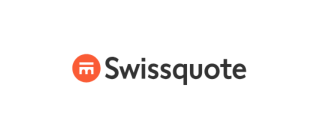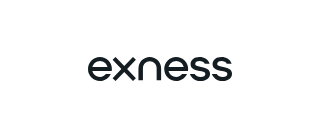A consensus is forming at the European Central Bank to take the interest rate it charges banks to park money deeper into negative territory in December, four governing council members said, a move that could weaken the euro and push up inflation.
Some argue that a deposit rate cut should even be larger than the 0.1 percent reduction currently expected in financial markets, the policymakers said.
They are keen to exhaust the conventional and more direct monetary policy tool as they also consider amending the 60-billion-euro asset purchase program, a far more contentious issue that they have yet to agree on.
The ECB last month raised the prospect of more monetary easing at its Dec. 3 meeting to combat ultra-low inflation, which is at risk of undershooting the target of nearly 2 percent as far ahead as 2017 due to low commodity prices and weak growth.
A rate cut aims to discourage banks from parking money at the central bank and start lending to generate growth. It can also weaken the currency as cash leaves the euro area in search of higher returns, boosting inflation as imports become more expensive.
The euro fell by as much as half a cent in response to the Reuters story and money market rates dipped.
The ECB cut its deposit rate to -0.2 percent in September 2014 and said it could not go any lower. However, other central banks have cut further, including the Swiss and Danish central banks to -0.75 percent, showing that deeper cuts are possible.













